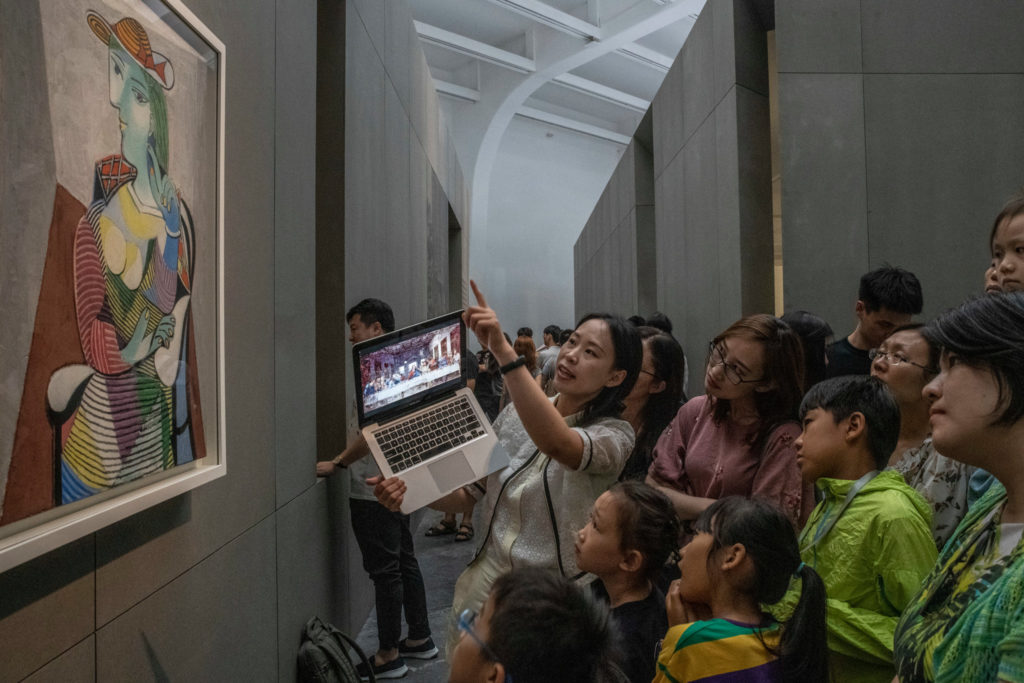快手线上音乐会:在家与坂本龙一等音乐家共享音乐之旅

近日,宅家成为生活的常态。与此同时,线下展览、演出也陷入停滞。为了给大众在特殊时期提供更多生活体验,2月29日 […]
Yeehoo英氏携手Violet Mignon成功发布联名新品,持续引领童装高端潮流趋势

随着中国的消费升级不断深化演进,消费市场进入以新客群及高需求为核心出发点,同时90/95后成为母婴消费主力,这 […]
云月再获股权投资业界年度大奖
2020年1月8日-10日,融资中国2020资本年会暨颁奖盛典在北京隆重举行。 云月控股Lunar再次跻身中国 […]
中关村文化产业五十人咨询委员会宣告正式成立
清华大学文化创新发展研究院、北京海淀区委宣传部主办的数字文化产业创新与发展大会在中关村国家自主创新示范区展示中 […]
云月执行合伙人在文化和旅游部产业项目服务平台活动上发表主题演讲
文化和旅游部产业项目服务平台精品项目交流对接会在第十二届海峡两岸(厦门)文化产业博览交易会现场举办,文化和旅游 […]
北京领先博物馆UCCA迎来了一位新邻居

One of Chinas best-know museums for contemporary art, t […]
云月新获文化产业投资最佳机构及成功案例双奖
云月在第七届文化产业资本大会上,获得中国文化产业最佳新锐投资机构大奖,其所投资的尤伦斯当代艺术中心亦名列中国文 […]
股权投资产融结合 促进企业创新发展
中国建筑装饰协会在杭州举办首届中国泛装饰行业中小企业发展大会,北京股权投资基金协会执行副会长、云月控股执行合伙 […]
毕加索画展吸引了北京

By Jane Perlez, The New York Times BEIJING — The fashio […]
云月荣获消费升级产业最佳投资机构TOP20称号 蝉联十佳并购投资机构
融资中国发布2018-2019年度中国股权投资产业榜单。云月Lunar被评为中国消费升级最佳投资机构TOP20 […]
